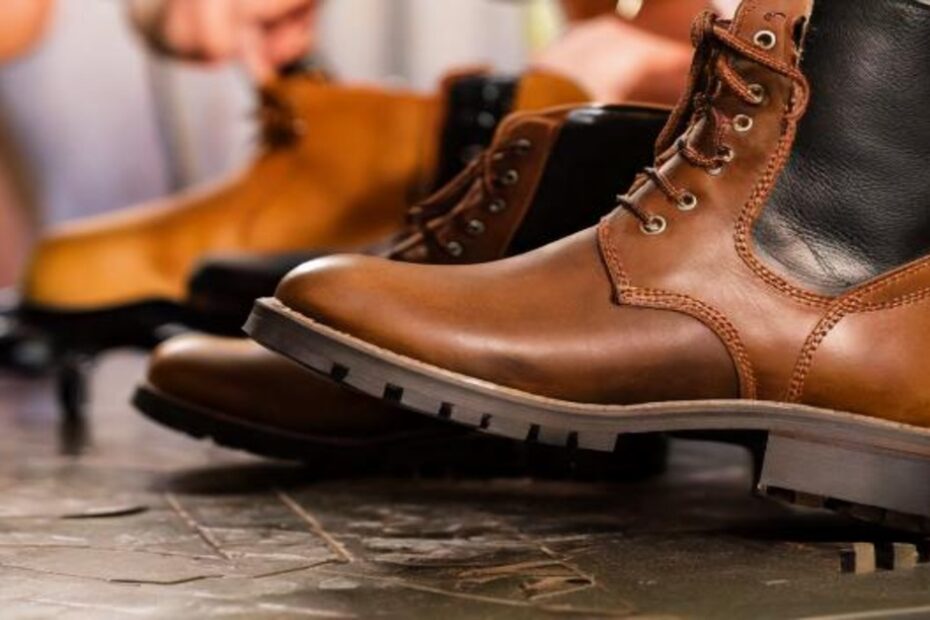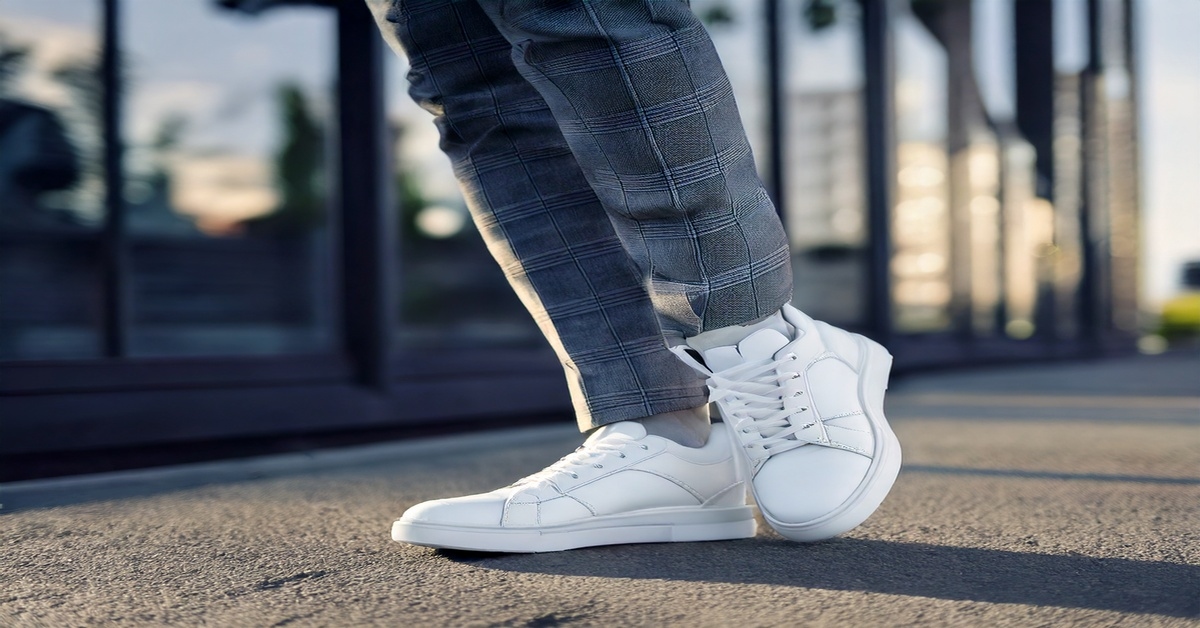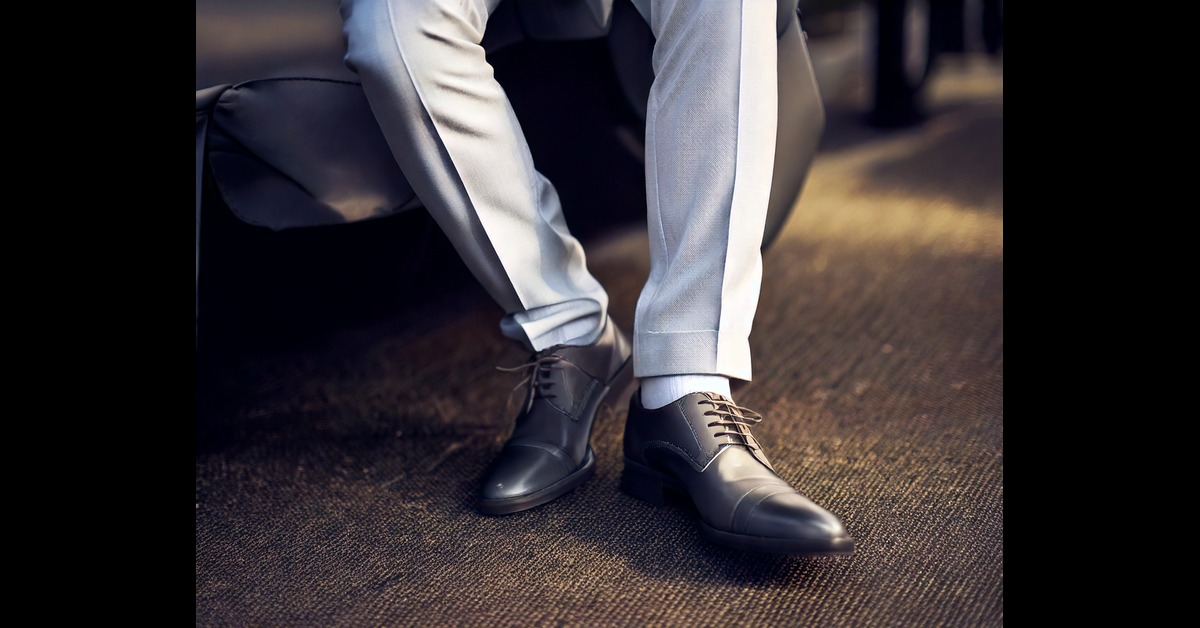Resoling boots is not just the work of making the boots last longer, but it is making the boots equally fashionable, comfortable, and usable. But in any case, whether you are working with leather boots or a pair of rugged suede boots, you’ll want to learn how to resole boots to save money and, more importantly, maintain the high quality of the footwear.
Here, you will see the main principles of resoling, the most basic and the most complex steps, some typical mistakes people make, and the primary advantages and disadvantages of resoling your shoes without the help of a specialist. At the end of this boot resoling guide, you will have a clear understanding of whether you should give your old boots a second chance.
What To Expect In This Article?
Caring for Your Boots After Resoling
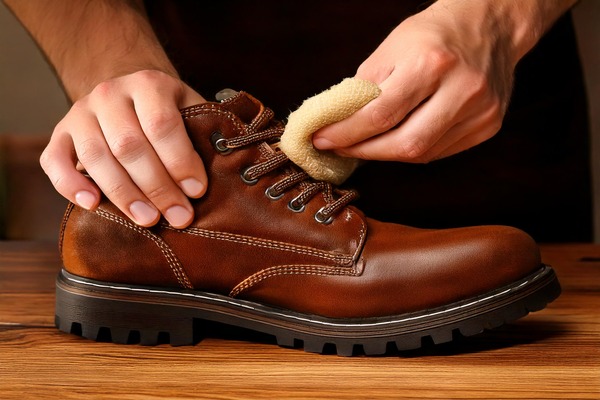
After going through the boot sole replacement, it is now time to protect those new soles as long as possible. Here are a few tips:
- Clean Regularly
Dirt and moisture can wear down new soles quickly. Use a wet cloth to wipe down leather shoes or a suede brush for suede boots. Cleaning them weekly prevents long-term damage.
- Use a Sole Protector
If your boots feature leather vs rubber soles, a sole protector can shield the material from premature wear. Consider adding a rubber cap for extra durability on leather soles.
- Condition the Uppers
While the soles are new, don’t forget the uppers. Conditioning custom boots with appropriate products keeps them supple and extends their overall life. Neglecting the uppers may result in cracks or permanent damage, making the resoling effort futile.
- Store Properly
Do not leave boots standing in wet or very hot environments. It is advisable to keep them in the shoe rack to reduce the scrunching of the shoes. Storing the uppers and soles maintains their high quality, as any work done to repair and resole boots is a worthy investment.
- Inspect Regularly
Regularly inspect your leather boots for wear and tear, even after resoling. Pay attention to stitching, sole adhesion, and any signs of deterioration. Catching issues early can prevent the need for additional repairs.
By following these tips, you can maximize the benefits of your investment in boot repair and resoling.
Common Boot Resoling Mistakes and How to Avoid Them
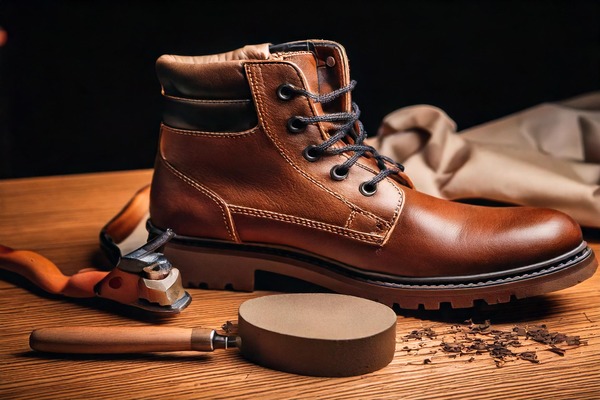
While resoling can breathe new life into your boots, common mistakes can lead to poor results. Here’s what to avoid:
- Ignoring the Uppers
One of the regular mistakes is not paying enough attention to the state of the top part of the boot. The process of resoling boots with cracked or damaged uppers in most situations is not recommended. Check the overall condition of the boot in order to decide whether it will be possible to resole it. If the uppers are good, high-quality leather shoes or boots that can be resoled, they should be undertaken depending on the time and investment used.
- Choosing the Wrong Sole
Replacing leather shoes with inappropriate soles can ruin their aesthetic and functionality. For example, swapping leather soles for rubber might alter the style of best dress boots but improve durability. Make sure you’re making an informed choice based on your needs. Consider whether you need a durable crepe rubber sole or prefer the elegance of leather soles.
- Poor Adhesion
For DIY enthusiasts, failing to adhere to new soles properly can lead to detachment after minimal use. Use quality adhesive whenever you can and observe the adhesive manufacturer’s guidelines. Proper adhesion is crucial for the long-term durability of the boot sole replacement.
- Overlooking Timing
Failure to know when to resole boots may cause massive damages beyond repair. In case your boots look worn out or have gaps on them, especially on the sole part, do not take long to get new ones. It could also cause further delay in the process; this would worsen the condition of the welt and thus increase the cost of repairing.’
- Skipping Professional Advice
Sometimes, attempting DIY without consulting a professional can lead to mistakes. Experts can advise whether your boots are suitable for resoling and suggest the best materials for the job.
Avoiding these mistakes ensures you get the most out of your efforts, whether you choose DIY or professional boot resoling.
DIY Resoling vs Professional Resoling: Pros and Cons
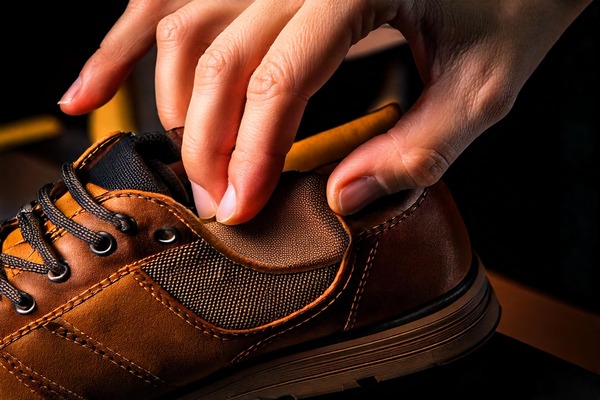
Should you resole boots at home or seek professional help? Here’s a comparison:
DIY Resoling
Pros:
- Cost-effective (especially for simple boot sole replacement).
- A satisfying project for those who enjoy craftsmanship.
- Quick fix for minor repairs.
- Allows for customization if you prefer specific materials or designs.
Cons:
- Requires tools like a sole cutter, adhesive, and clamps.
- Limited expertise may lead to errors.
- It may not work for complex soles like shoes with wooden soles or crepe rubber sole.
- Time-consuming for beginners.
Professional Resoling
Pros:
- High-quality craftsmanship ensures longevity.
- Expertise with specialized stitching methods like blake stitch vs goodyear welt.
- Suitable for all types of boots that can be resoled, including custom boots.
- Professionals can address issues like welt damage or mismatched soles.
Cons:
- More expensive.
- Takes longer, depending on the cobbler’s schedule.
- Limited input on materials unless specified beforehand.
When deciding between DIY and professional services, consider your budget, skill level, and the type of boots. For expensive leather shoes, professional resoling is often the safer bet. However, if you’re wondering, Can I resole boots myself? The answer depends on your confidence and access to the right tools.
How to Resole Goodyear Welt Boots
Goodyear welt boots are known for their durability and ease of resoling. Here’s a step-by-step boot resoling guide:
Tools Needed:
- Replacement soles
- Cobbler’s knife
- Adhesive
- Stitching awl
- Sandpaper
Steps to Resole Boots
- Remove the Old Sole
Very gently start cutting or shaving the damaged sole with the help of a cobbler’s knife. Avoid damaging the welt. If the sole is stitched, then it needs to be unstitched before proceeding in order to avoid damaging the welt.
- Prepare the New Sole
Cut the new sole pieces to the correct dimension of the old one. Make sure that the material suits your purpose; if it’s used for luxury, then use leather; otherwise, for durability, use rubber.
- Attach the Sole
The next step involves putting some adhesive on both the welt and the new sole. Apply the pressure gently and let it solidify. In a Goodyear welt boot, it is recommended to employ a long-lasting adhesive since the boots need to be durable.
- Re-Stitch the Welt
When stitching, it is distinguished using a stitching awl to attach the new sole to the welt. This makes Goodyear welt boots ideal because this construction method is long-lasting for the boots.
- Finish and Polish
Sand the contact edges for a smooth feeling, and then polish the uppers to regain their initial appearance. This step is especially needed for the best dress boots as it keeps them looking neat.
Goodyear welt boots are among the most popular types of boots for men because they are durable and designed for repeated resoling. Knowing how to resole boots with this construction can significantly extend their lifespan and save you money in the long run.
Additional Tips for Resoling Success
- Know Your Stitching
Different boots also come in different stitched patterns. For instance, the difference between Blale stitch vs Goodyear welt can play an important role in the entire process of resoling.
- Match the Sole Material
In deciding on leather vs rubber soles, the two should not only complement the paradigm of the boot but also the structure of the boot. Since leather soles are thin, they are suitable for wearing long gowns, while rubber soles are suitable for handling the stress of the exterior environment.
- Invest in High-Quality Tools
If you want to resole boots at home, it is advisable to use quality equipment to enhance the result. Special tools such as a cobbler’s knife, a stitching awl, and industrial-strength glue help during the entire exercise.
- Don’t Skimp on Materials
Replacement of boot soles should be a cost-effective exercise. Purchasing cheap materials may be less expensive in the short term, but they wear more quickly and require more frequent refinishing.
- Test the Fit
It is recommended that you try on the boots for fit and comfort after resoling. It might have a fuzzy appearance that slightly changes the fit of the shoe, so it should be tried on for comfort prior to other uses.
FAQ’s
Can all types of boots be resoled?
Not all boots are resolable. Boots with stitched soles, like Goodyear welted or Blake stitched designs, can typically be resoled, while those with cemented or molded soles often cannot. Check with a cobbler or the manufacturer to confirm.
Is it worth resoling old boots?
Resoling is worth it if the upper part of the boot is in good condition and the boots are high quality. It’s often cheaper than buying new boots and extends the life of premium or sentimental footwear.
What tools do I need to resole boots at home?
To resole boots at home, you’ll need replacement soles, shoe glue, a utility knife, sandpaper, and clamps. Optional tools like a sewing awl or hammer can be used for reinforced attachment.
How long does it take to resole boots?
Resoling boots at home can take a few hours, plus 24–48 hours for adhesive curing. A professional cobbler may take several days to a week to complete the process.
Conclusion
Boot resoling is the art of combining both utility and fashion to refurbish your favorite pair of boots. When it comes to learning how to resole boots at home or professional resoling of boots, it is always important to know how the process works in order to get the best outcome. Subsequently, observing the mistakes, taking good care after resoling, and choosing the right sole type to resole your boots regularly will make the boots a long-serving asset in your wardrobe.
In cases of best dress boots or custom boots, resoling is often a worthy affair given the quality that comes with the boots. Therefore, every time you find yourself asking if my boots can be resoled, remember this guide as clarification. Simply replacing the boot soles with new ones is not only a function but also a fashion that makes your boots walk in style. According to this detailed boot resoling guide, you can be well equipped to handle resoling challenges and be sure that your boots are going to last for your next adventures.

